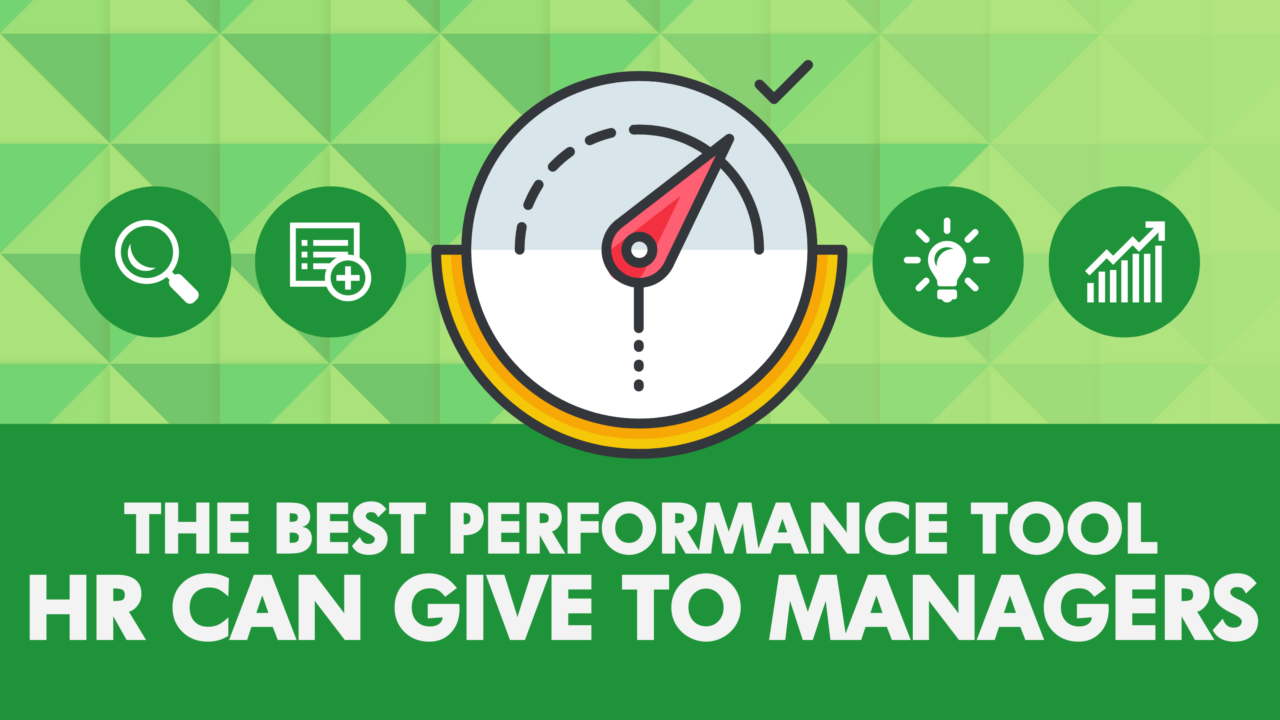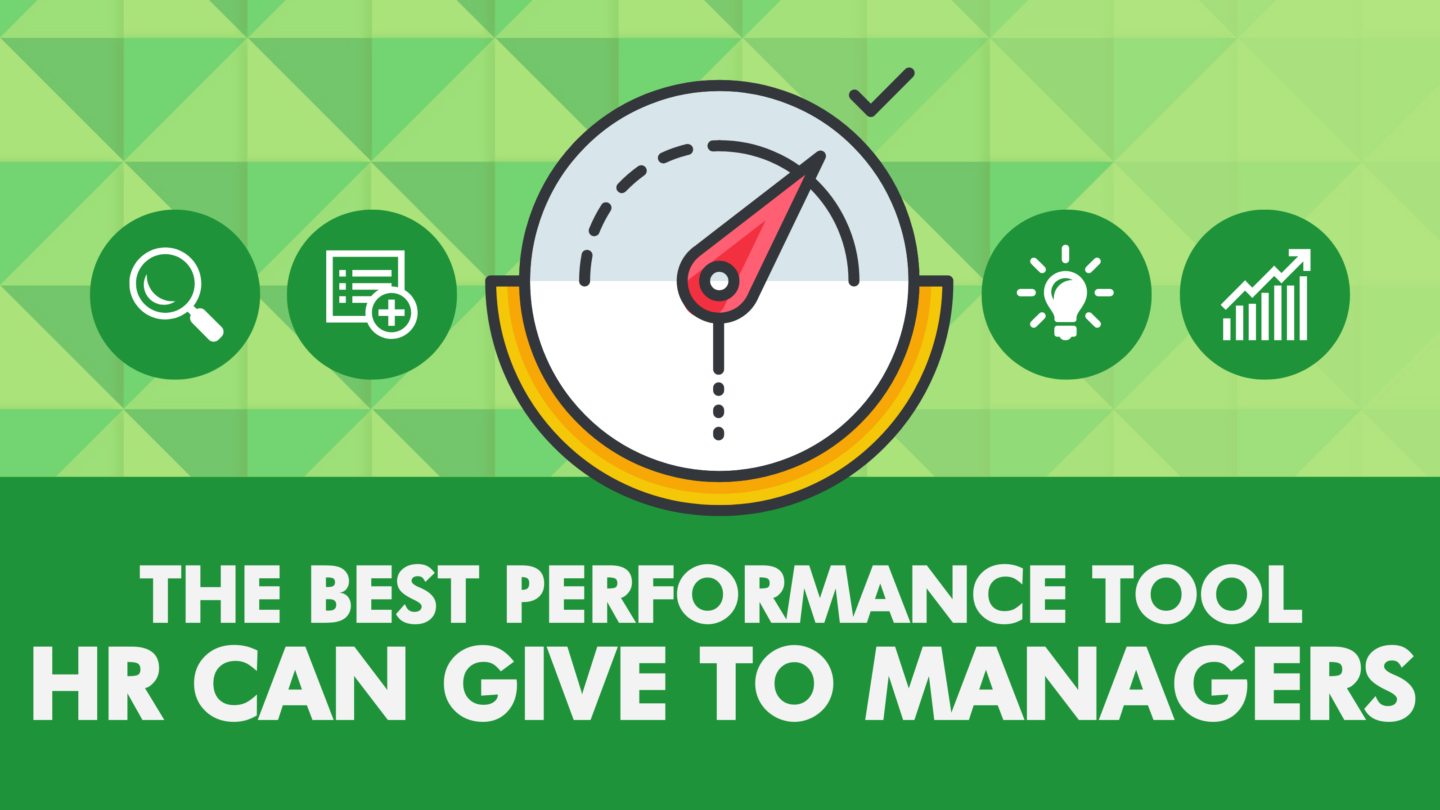
The Best Performance Tool HR can Give to Managers
By: David Creelman
Introduction
All organizations want to improve employee performance. Research on what will improve performance often delivers the unsatisfactory answer, “It depends.” There is one notable exception: goal setting. The research on goal setting is rich and deep and shows time and again that the simple act of setting goals leads to better performance.
Virgin saved $6 million by setting goals for pilots
Virgin Atlantic recently did a gorgeous study on the value of goal setting for airline pilots. The idea was to see if setting goals and monitoring performance led to better results. The goals included fuel use and time delays. It’s easy to imagine why goal setting wouldn’t have an impact in this experiment. Surely, one might think, the job is so highly regulated that the pilots don’t have any latitude to improve performance. We might also think that such highly trained professionals would already be operating in an optimal way. It turns out those concerns were unfounded; simply asking pilots to set goals and giving them feedback on how well they were doing led to improved performance. The study estimated that, thanks to goal setting, the airline saved $6 million in fuel over the eight-month study.
Goal setting is not as hard as managers think
The best goals follow the familiar SMART format; however, managers may feel it’s too hard to meet with employees regularly to set SMART goals in the hectic context of their work. Managers rightly feel that the priorities will change anyway, so why agonize over a clear goal? While a clear goal helps identify the outcomes and what the employee is expected to deliver, a solution may be to recognize that a partially SMART goal is better than no goal at all, and partially SMART goals can be easier to set.
A partially SMART goal loosens the SMART criteria just enough to make it easier for a manager to set them. The goal might be semi-specific (e.g., “5-10 project issues resolved” rather than “exactly eight issues”). It might be a semi-accurate measure rather than an objective one (e.g., “assess comments from new customer satisfaction levels over two months” rather than “derive new objective measures of customer experience”). Finally, to make it time-bound a manager can set a milestone for a goal (e.g., “define scope and business case by the end of the quarter, then if an implementation is practical, we will agree on the deadline”).
We recommend rigour and SMART goal setting, without letting the desire for high rigour and high change become an excuse for not setting goals. If a manager is getting hung up on some aspect of a SMART goal, let them cut themselves some slack on specificity.
Using learning goals for innovation or onboarding
It can be genuinely tough to set a performance goal when the company or employee is entering a new area. Imagine a manager needs an employee to improve brand awareness in a new product area or customer segment where the company hasn’t operated before. It’s impossible to know what level of brand awareness that employee should generate and hence it’s frustrating to attempt to set a fixed target. Similarly, an innovation or new project may have highly uncertain outcomes. Setting a specific performance goal under these circumstances can be counterproductive.
Does this unknowability mean we should give up on goals? No, we simply need to shift from performance goals to learning goals. Sticking with the marketing example, instead of setting a goal to achieve a certain level of brand awareness, the manager might first set a learning goal of finding the three best ways to improve brand awareness, or a project’s first goals can be scoping the feasibility, mapping the ROI, and gaining approval.
Note that in this context, a “learning goal” is a little different from what appears in an individual’s development plan. In a development plan, the focus is on learning something that will improve an individual’s competencies; in this context it’s about learning something the company needs to know (such as how to improve brand awareness) so that it ultimately can reach its performance goals.
Learning goals are not just a way to sidestep the difficulty of setting a performance goal in an uncertain situation; it can be the best way to improve performance. Professor Gary Latham points out, “Employees assigned challenging learning goals in the early stages of their job typically outperform those who are initially given specific high-performance targets.”
This technique of using learning goals is, like the technique of semi-SMART goals, a reminder to managers that goal setting need not be such a rigid process that it’s more effort than it’s worth.
What organizations should do
Managers face a flurry of distractions and a whirlwind of advice on new tools. It is easy to overlook the power of a tool, such as goal setting, that they already know but underutilize. Here are three thoughts for ensuring the organization continues to leverage the proven power of goal setting for performance improvement:
- Emphasize tools whose value is well-established. Organizations are so interested in new tools that they can overlook the power of old tools that have been proven to work. Make a point of celebrating the value of proven techniques.
- Set goals all the time. Most organizations have an elaborate annual process around planning, budgeting, and goal setting. This may lead managers to think of goal setting as a “once-a-year” activity. However, the research shows goal setting improves performance whenever it is used; managers should set goals all the time. Online performance management tools make ongoing check-ins and goal refinements easy to track and manage.
- Be persistent and keep it fresh. If your managers understand the importance of goal setting and know how to do it, can you move on to the next thing? Sadly, no. Just like keeping fit and eating healthily, people need regular reminders that the small effort it takes to set goals is worth it. You need to continually remind managers of the value of goal setting; you also need to find fresh ways to share the message, so managers don’t tune out. For example, share stories where employees have achieved success with goals and feature testimonials from insiders.
Conclusion
I hope this article reminds you that you have a great tool in your manager’s or leader’s toolkit, and it’s called goal setting. It’s a tool that sits close to the heart of performance improvement. There are times when managers get stuck in setting SMART goals; we can help them through the rough spots by easing up a little on the specificity or by setting learning goals. Let’s use the proven technique of goal setting to improve performance and let’s use it often.
Interested in learning more about SpriggHR's goal setting features?
We would love to introduce you to Sprigg. Hit the “Request a Demo” button and we'll customize a demo just for you, led by one of our senior HR professionals. We look forward to connecting!




